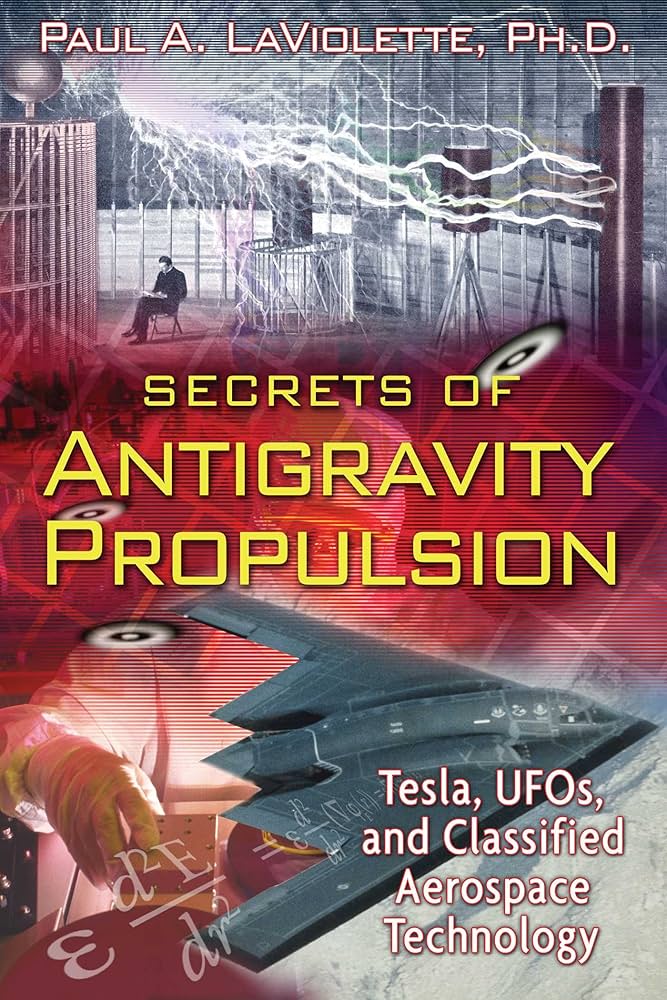

Title: Propulsion that Defies Gravity? NASA Insider Claims Major Advancement in Reactionless Drive
For many years, the idea of reactionless propulsion—creating thrust without the need to eject propellant—has been regarded by mainstream scientists as incompatible with Newton’s third law of motion. Yet, a fresh assertion from Charles Buhler, a former NASA electrostatics specialist, is rekindling discussions within the aerospace sector. Buhler and his colleagues at Exodus Propulsion Technologies claim to have created a propulsion system capable of delivering continuous thrust without relying on fuel, potentially challenging the very concept of gravity.
A New Force in Physics?
Buhler, who helped establish the Electrostatics and Surface Physics Lab at NASA’s Kennedy Space Center, is now at the helm of a private enterprise focused on cutting-edge propulsion solutions. He suggests that the team’s invention utilizes electric fields to create a quantifiable, ongoing force—without any propellant or gas emissions. This force, which Buhler dubs a “New Force,” is presently absent from traditional physics frameworks.
“The breakthrough is pivotal,” Buhler told The Debrief, “and enables translation of the center of mass without losing any mass.”
The propulsion mechanism allegedly functions by adjusting electrostatic pressure, modifying an object’s center of mass to generate thrust. In 2023, Buhler contends that the device achieved continuous lift—a remarkable achievement, if confirmed through independent validation.
Skepticism from the Scientific Community
In spite of the ambitious assertions, the scientific community remains wary. The notion of reactionless propulsion has been investigated previously, especially with the EmDrive—a contentious microwave engine that once attracted interest for seemingly producing thrust without fuel. However, following extensive testing, the EmDrive was eventually discredited due to measurement inaccuracies and experimental faults.
In light of this background, Buhler’s proclamation has drawn a blend of curiosity and skepticism. His presentation at the Alternative Propulsion Energy Conference—a forum recognized for delving into unconventional theories—has raised some concerns. Nonetheless, the participation of researchers with expertise from NASA, Blue Origin, and the U.S. Air Force adds a level of credibility to the initiative.
Exceptional Claims Demand Exceptional Evidence
The far-reaching implications of a functional reactionless propulsion system are substantial—ranging from transforming space travel to introducing novel transportation methods on Earth—yet extraordinary claims demand extraordinary proof. Currently, no peer-reviewed studies have substantiated Buhler’s assertions, and independent labs have not yet succeeded in replicating the outcomes.
Until such verification is achieved, the prevailing scientific stance remains unaltered: propulsion without propellant defies our existing understanding of physics. However, if Buhler’s team can produce reproducible, independently confirmed results, it could signify the dawn of a new chapter in propulsion science.
Conclusion
The prospect of gravity-defying propulsion continues to inspire the curiosity of scientists and enthusiasts alike. Although Charles Buhler’s claims remain unverified, they highlight the fact that breakthroughs often arise at the fringes of conventional wisdom. Whether this “New Force” will withstand rigorous scientific evaluation is yet to be determined—but the dialogue it has initiated is already stretching the limits of what we consider feasible in space exploration.
Stay tuned, as this technology, if validated, could revolutionize everything.